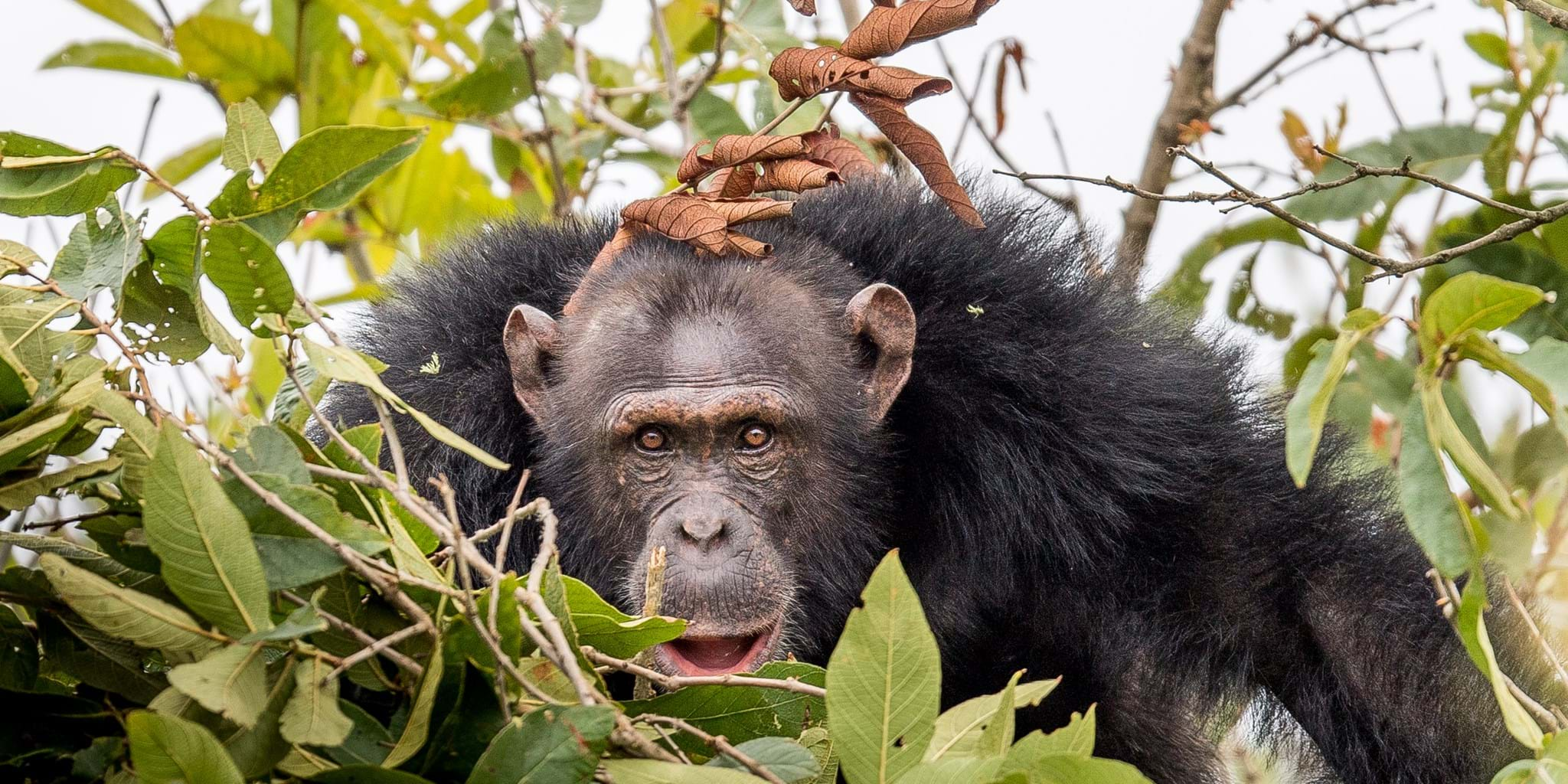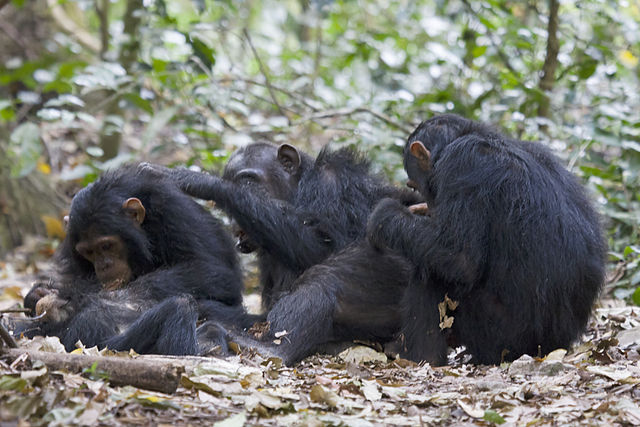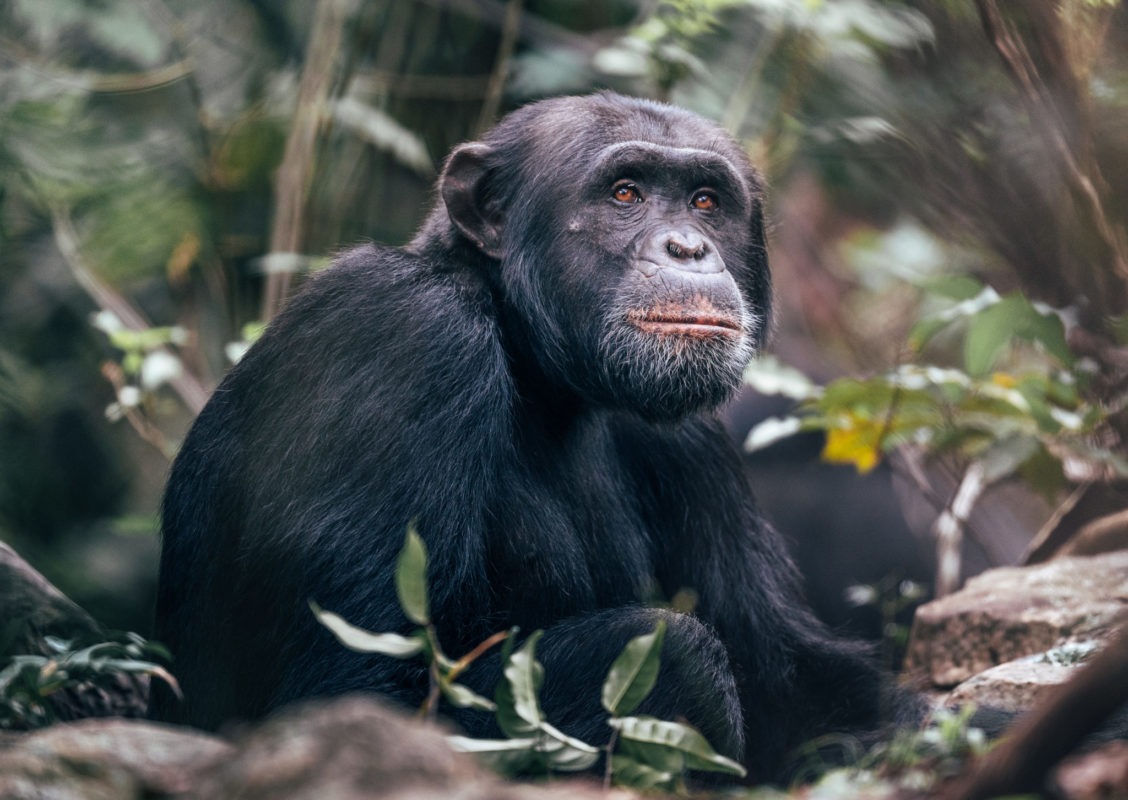Chimpanzee trekking in Tanzania is one of the most amazing and thrilling journeys that most travelers go through. This great tourist activity in Tanzania Safaris Tours is mainly done in three national parks, including Gombe Stream National Park and Mount Mahale National Park on the eastern shore of Lake Tanganyika, and Rubondo Island National Park, west south of Lake Victoria.

Gombe and Mahale National Park are located on the eastern shore of Lake Tanganyika. Kigoma is the main city on the Tanzanian side of the lake. Gombe is about 20 km from Kigoma region while Mahale National Park is located about 150 km south of the same region. These three national parks in Tanzania are a perfect place for chimpanzee trekking.
Tanzania: Chimpanzees Hiking in Gombe Sui Stream National Park
Established in 1968 and covering an area of 35 km2, it is one of the smallest national parks in Tanzania. It is located in the western region of Kigoma, Tanzania, and its main attraction is a large population of chimpanzees.
Gombe National Park is associated with Jane Goodall, who began studying chimpanzees in 1960. It is accessible to about 100 chimpanzees. Chimpanzee tracking in Gombe National Park is a popular activity in this park and it requires a lot of time and effort. It is best done right after sunrise at the end of the dry season from July to October on which during this time it only takes less time to trace them on their daily schedules
Gombe also has other primate species, including the olive baboon, the common vervet, the red colobus, the red-tailed colobus, and the blue monkey. Chimp tracking at Gombe is done with the help of a guide.

Tanzania Chimpanzee Trekking in the Mahale Mountains National Park
It is a 1,613 km.sq Park on Lake Tanganyika and is not as well-known as Gombe National Park. Take a walk it is more remote and much larger. It has from 700 to 1000 chimpanzees a Research by Japanese scientists has been going on since 1965.
This National Park is one of the most beautiful parks in Tanzania. It has mountains, lush forests, and deserted sandy beaches. Chimpanzee tracking may involve more walking than at Gombe. Seeing chimps is almost guaranteed on a three-day visit. The hike to reach the Mahale chimpanzees can vary from a leisurely walk lasting about 20 minutes to a more strenuous hike that can last the majority of a day. They are easiest to see towards the end of the dry season (August to October), as the forest paths are at their driest and least slippery, and the chimps are usually the closest to the shore. To see the chimpanzees, it’s always wise to bring walking boots, long trousers, and a small backpack (for cameras and binoculars).
Although we can’t 100% guarantee it, in the Mahale Mountains it’s very likely to see chimpanzees. You’d be very unlucky to be here for several days and not find them. More often, you’ll be able to sit and watch them grooming, tussling, foraging, bickering, and taking care of their young. Sitting in the forest and watching chimps go about their daily lives is an impressive experience, which is what makes Mahale’s chimp safaris so special.
Chimpanzees trekking in Tanzania’s Rubondo National Park
It was officially listed as a national park in 1977 and is well protected and preserved due to its ecological values, including wildlife such as chimpanzees, but the park is also a breeding ground. Migratory birds and fish are important.

It has few visitors, which has become an advantage for tourists to be able to walk with chimpanzees easily and beautifully. Chimpanzees were introduced to the island in the 1970s. It takes about six hours to locate them, with a 50% chance of success. Optional activities include boat trips (on which you’ll often see crocodiles and hippos). The sitatunga is a common species on the island.
Over 600 fish eagles are resident also. The call of the fish eagle is perhaps what one most closely identifies with the African wilderness. Rubondo has a wonderful climate, forest-fringed beaches, and unusual wildlife viewing. The birding is excellent.


